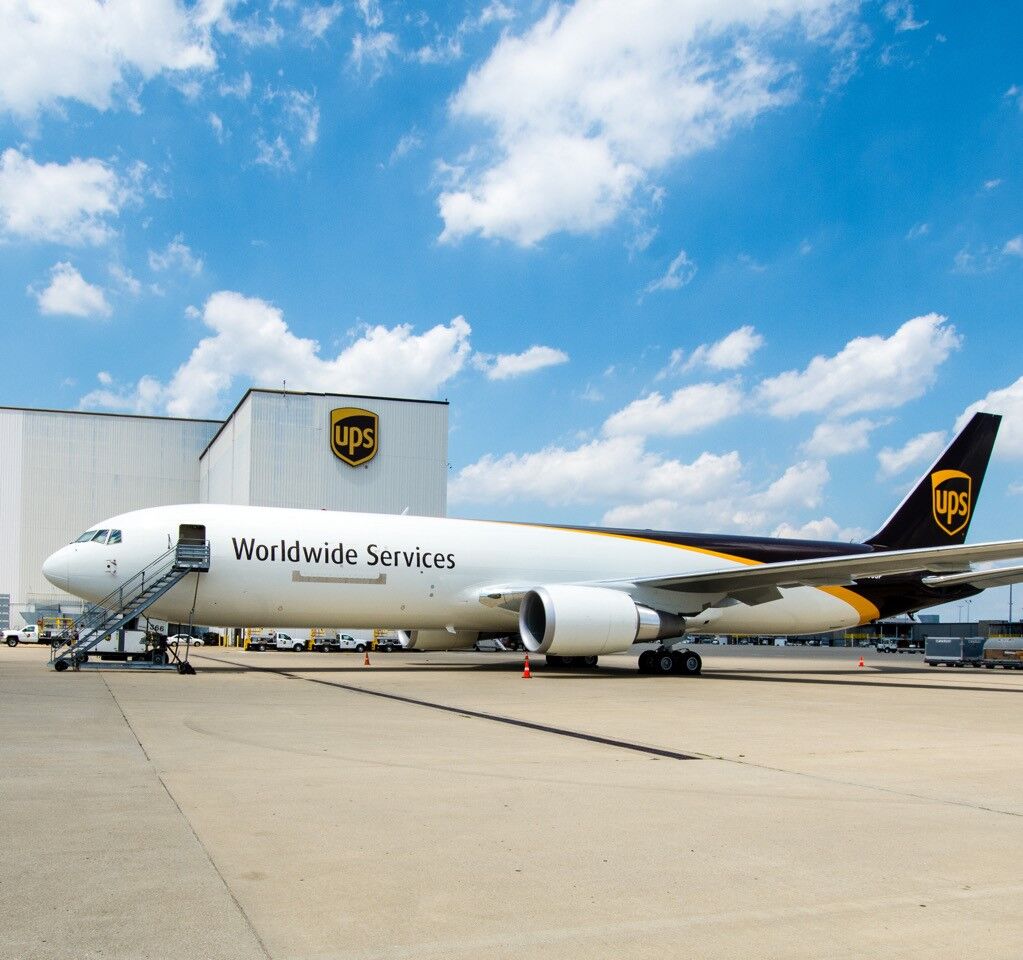- By Della tj
- October 16, 2025
- Sea Freight, Shipping
Finding reliable sea freight from China to Italy is vital for importers seeking a balance between cost, efficiency, and security. Choosing dependable shipping solutions ensures stable delivery schedules, predictable costs, and smoother customs clearance for Italian businesses.
Why Choose Reliable Sea Freight from China to Italy
Sea freight remains the preferred method for most importers due to its large capacity and cost-effectiveness. Compared with air transport, it significantly reduces shipping expenses while handling bulky cargo. Moreover, containerized shipping provides added safety and flexibility for different types of goods.
Many Italian importers rely on major Chinese ports such as Shanghai, Ningbo, Shenzhen, and Qingdao, which connect directly to Genoa, Venice, and Trieste. Reliable service partners ensure consistent transit times and clear customs handling, avoiding unexpected port delays.
Key Shipping Routes and Transit Times
Transit time varies depending on the route, port congestion, and vessel schedule. Generally, sea freight from China to Italy takes 25–35 days port-to-port. Below is a comparison of popular routes:
| Route | Main Ports (CN → IT) | Average Transit Time | Frequency |
|---|---|---|---|
| Shanghai → Genoa | Shanghai, Singapore, Suez → Genoa | 30 days | Weekly |
| Ningbo → Venice | Ningbo, Colombo, Suez → Venice | 28 days | Weekly |
| Shenzhen → Trieste | Shenzhen, Port Said → Trieste | 32 days | Bi-weekly |
In addition, transshipment hubs like Singapore or Port Said influence total travel duration. Reliable forwarders track vessel movement and optimize routes for efficiency.
Container Options and Estimated Costs
Different cargo types require different container sizes and services. Below is an overview of container types and estimated sea freight rates from China to Italy (as of 2025):
| Container Type | Volume Capacity | Average Cost (USD) | Best for |
|---|---|---|---|
| 20ft Standard | 33 m³ | $900–$1,200 | Small shipments, furniture |
| 40ft Standard | 67 m³ | $1,500–$1,900 | General goods, electronics |
| 40ft High Cube | 76 m³ | $1,700–$2,200 | Bulky goods, textiles |
Shipping rates depend on fuel prices, demand, and seasonal surcharges. Reliable freight forwarders offer door-to-door service, which includes customs documentation, port handling, and inland delivery.
Customs Documentation and Import Requirements
Smooth customs clearance is essential for avoiding penalties and shipment delays. Importers should prepare accurate documentation before departure. Commonly required papers include:
| Document Type | Purpose |
|---|---|
| Bill of Lading (B/L) | Proof of cargo ownership |
| Commercial Invoice | Declares transaction value |
| Packing List | Lists goods and packaging |
| Certificate of Origin | Confirms production country |
| Import License (if applicable) | Required for restricted goods |
Additionally, Italy follows EU customs regulations, requiring proper HS codes and compliance with CE marking standards. Working with an experienced logistics provider helps ensure each shipment meets European import rules.

Case Studies: Real Examples of Sea Freight from China to Italy
Case 1 – Furniture Shipment (Shanghai → Genoa)
Cargo: Wooden furniture, 40ft container
Transit Time: 31 days
Shipping Cost: USD 1,850
Transport Type: FCL, sea freight + truck to Milan
Result: On-time delivery with full customs clearance within 48 hours.
Case 2 – Electronics Shipment (Shenzhen → Venice)
Cargo: LED lighting equipment, 20ft container
Transit Time: 29 days
Shipping Cost: USD 1,050
Transport Type: LCL consolidation
Result: Reliable consolidation reduced freight costs by 20%.
How to Choose a Reliable Freight Forwarder
Selecting a trustworthy partner determines the success of your shipping operations. Importers should assess:
- Reputation: Verified reviews, established partnerships with carriers
- Experience: Proven track record in China–Italy routes
- Service Range: Door-to-door, insurance, and customs support
- Communication: Real-time tracking and bilingual support
- Pricing Transparency: Clear quotations with no hidden surcharges
Reliable freight forwarders manage scheduling, coordinate customs paperwork, and provide proactive updates during each shipment stage.
Cost Optimization and Efficiency Tips
Smart importers apply several strategies to control costs without sacrificing reliability:
- Book early: Advance reservations secure better vessel rates.
- Use FCL for large loads: Full containers minimize per-unit cost.
- Consolidate shipments: Combine smaller loads into LCL for savings.
- Choose direct routes: Avoid transshipment delays.
- Plan for customs: Pre-clear documents to prevent storage fees.
Furthermore, monitoring seasonal freight fluctuations—especially during Chinese New Year—helps reduce shipping expenses.
Sea Freight vs. Air and Rail: Which Is Better?
Choosing between sea, air, and rail freight depends on shipment goals. Below is a comparison:
| Mode | Transit Time (Days) | Average Cost (USD/kg) | Ideal For |
|---|---|---|---|
| Sea Freight | 25–35 | 0.05–0.10 | Heavy, non-urgent cargo |
| Air Freight | 5–8 | 3.0–5.0 | High-value or urgent goods |
| Rail Freight | 18–22 | 0.5–0.8 | Mid-range goods, faster than sea |
Sea freight remains the most economical option for long-term importers. Although slower, it provides unmatched volume and flexibility for global supply chains.
Conclusion
Sea freight from China to Italy provides businesses with reliable, affordable, and scalable logistics solutions. Whether importing electronics, furniture, or textiles, reliable shipping ensures smooth customs clearance and stable supply chains. By partnering with a trusted forwarder and preparing accurate documentation, Italian importers can achieve efficient and predictable delivery every time.
Add Your Heading Text Here
Lorem ipsum dolor sit amet, consectetur adipiscing elit. Ut elit tellus, luctus nec ullamcorper mattis, pulvinar dapibus leo.
- Consult TJ China Freight Forwarding for the lowest quote. They will provide you with reliable, cost-effective service.
FAQs
Q1.What factors affect sea freight costs from China to Italy?
Fuel rates, container size, route selection, and seasonal demand all influence total sea freight expenses.
Q2.Can I ship small batches via sea freight to Italy?
Yes, less-than-container load (LCL) shipping allows cost-sharing for smaller cargoes from China to Italy.
Q3.How do I speed up customs clearance in Italy?
Submit accurate documents early, use a licensed customs broker, and confirm HS codes to minimize clearance delays.
Q4.Which ports in Italy handle most sea imports from China?
Genoa, Venice, and Trieste manage the majority of containerized shipments from Chinese exporters to Italian buyers.
Q5.Are there eco-friendly sea freight options available?
Many carriers now offer carbon-offset routes and fuel-efficient vessels to support sustainable shipping between China and Italy.




